Optimal Timing for Concrete Crack Repairs

Repair work is most effective during dry weather when moisture levels are low, ensuring proper adhesion and curing.
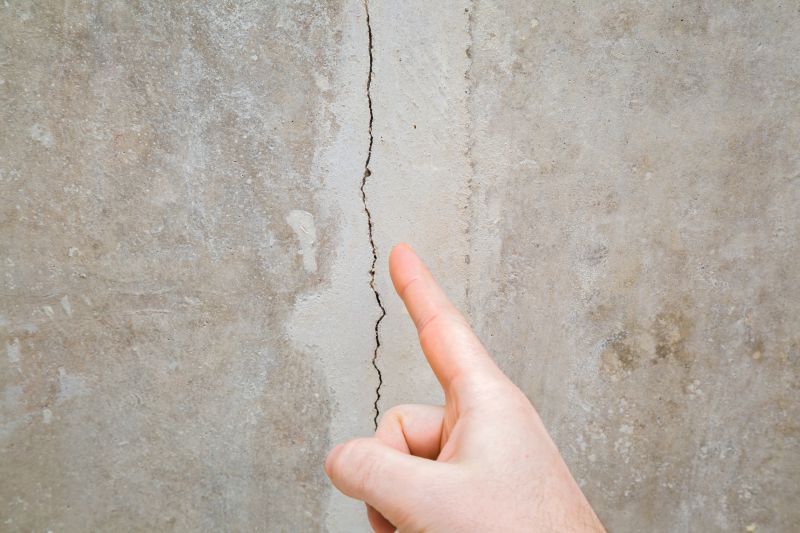
Optimal temperatures for concrete crack repairs are typically between 50°F and 85°F, avoiding extreme heat or cold that can affect curing.
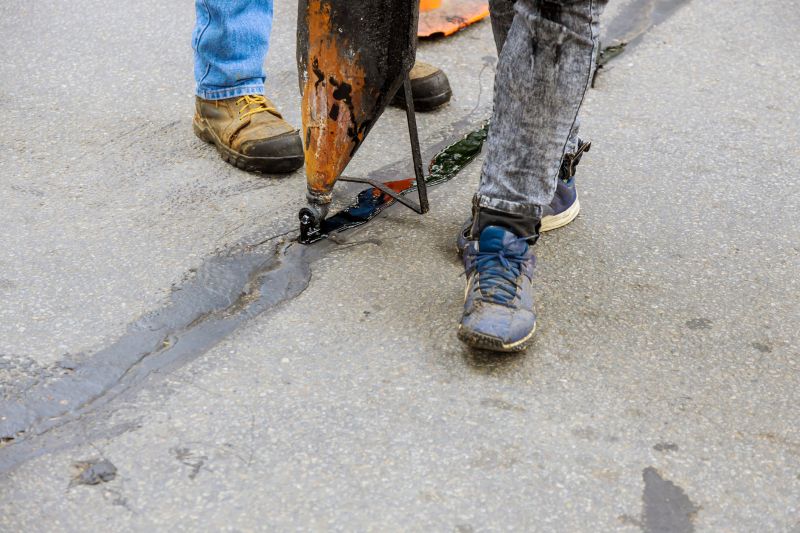
These seasons often provide stable weather conditions suitable for crack repairs, minimizing delays due to rain or temperature fluctuations.
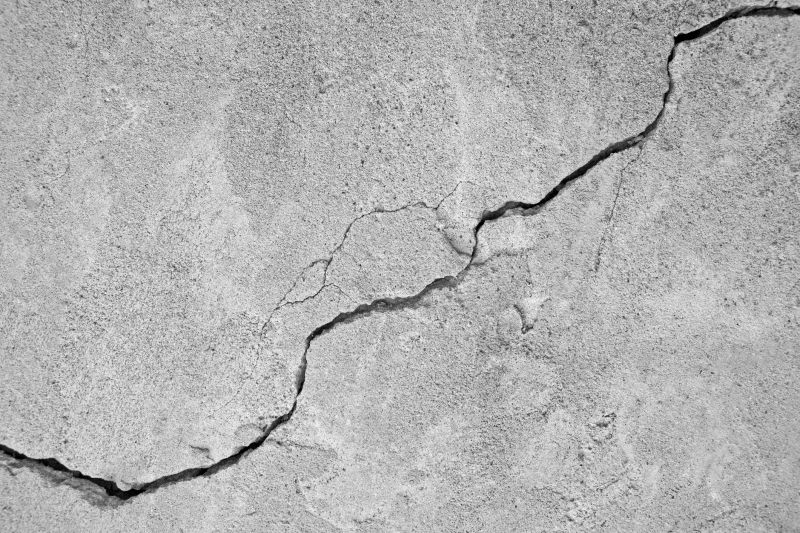
Ways to make Concrete Hairline Crack Repairs work in tight or awkward layouts.

Popular materials for Concrete Hairline Crack Repairs and why they hold up over time.
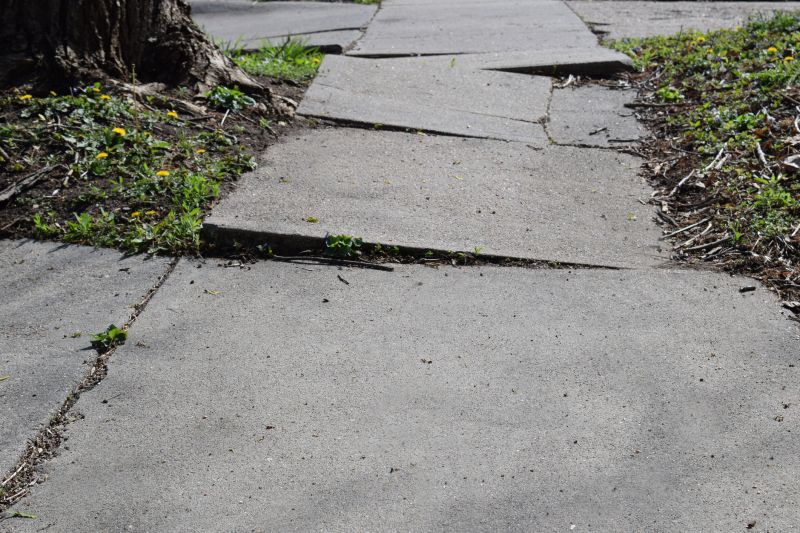
Simple add-ons that improve Concrete Hairline Crack Repairs without blowing the budget.
Concrete hairline cracks are common issues that can develop over time due to settling, temperature changes, or minor structural shifts. Addressing these cracks promptly can prevent them from widening and causing more significant damage. Proper timing of repairs ensures better adhesion, longer-lasting results, and minimizes the risk of further deterioration. Typically, the best time for repairs aligns with periods of stable weather, avoiding extreme temperatures and moisture that can interfere with the curing process.
Early intervention helps maintain structural integrity and prevents water infiltration that can lead to further damage.
Weather influences the curing process; rain or freezing temperatures can compromise repair effectiveness.
Spring and fall often provide the most suitable conditions for effective concrete crack repairs.
Ensure cracks are clean and dry before applying repair materials for optimal bonding.

Proper timing ensures the repair material bonds effectively with existing concrete.
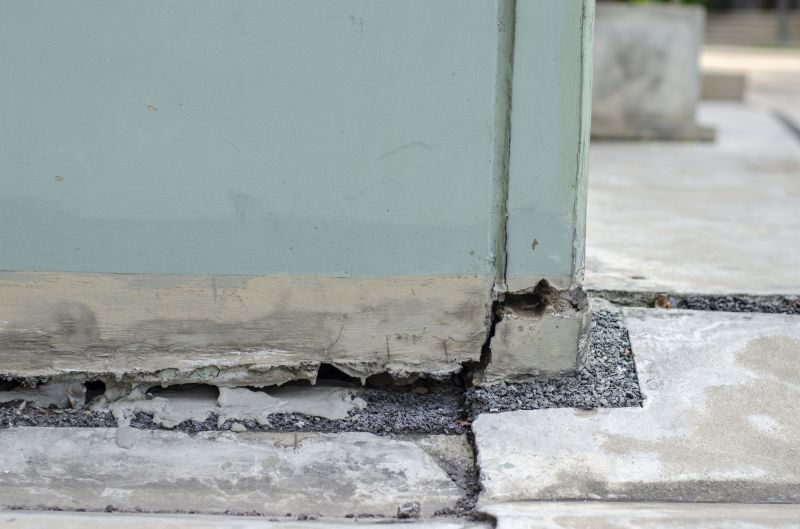
Repairs during unsuitable weather may lead to poor curing and reduced durability.
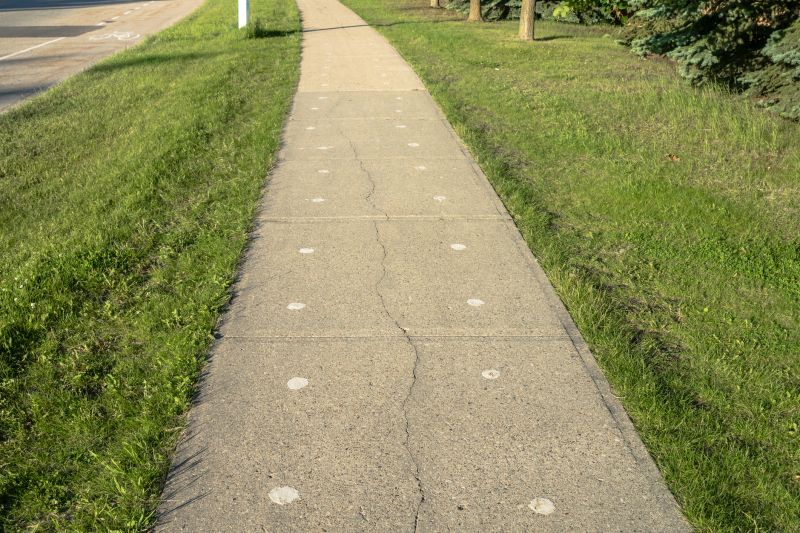
Spring and fall are ideal for crack repairs due to moderate climate conditions.
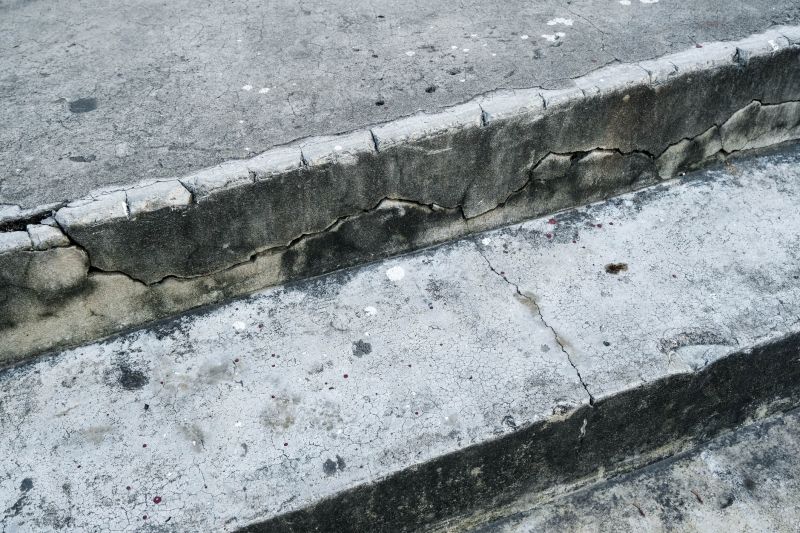
Cleaning and drying cracks before repair is crucial for success.

High-end options that actually feel worth it for Concrete Hairline Crack Repairs.
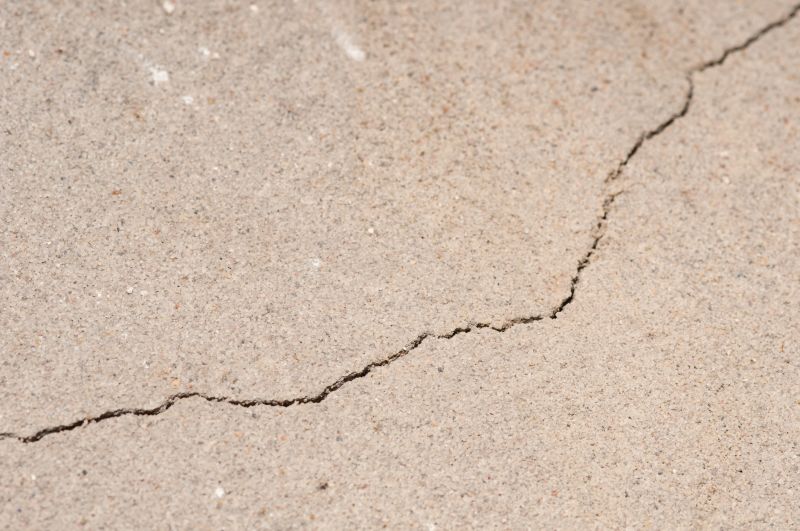
Finishes and colors that play nicely with Concrete Hairline Crack Repairs.
| Season | Ideal Conditions |
|---|---|
| Spring | Moderate temperatures, stable weather, low humidity |
| Summer | Early morning or late evening repairs, avoid peak heat |
| Fall | Cooler temperatures, dry conditions |
| Winter | Not recommended unless indoor or heated environments |
Concrete hairline crack repairs are a vital part of maintaining the longevity of concrete surfaces. These small cracks, if left unaddressed, can expand over time, leading to more extensive damage and costly repairs. Proper timing ensures the repair materials cure correctly and adhere effectively, resulting in a durable fix. Weather conditions such as humidity, temperature, and moisture levels significantly influence the success of repair work. For instance, repairs performed during periods of high humidity or rain can result in poor bonding and compromised durability.
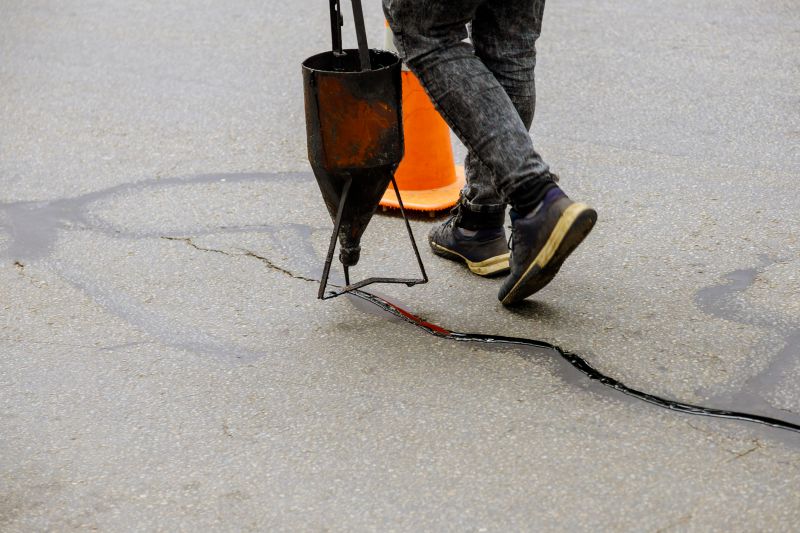
Using appropriate materials during optimal weather conditions enhances repair longevity.
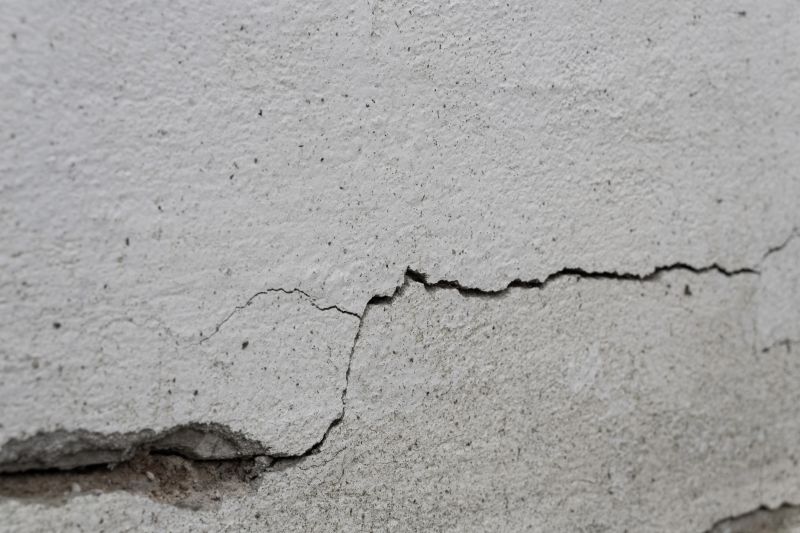
Timing repairs during unsuitable weather can lead to issues like cracking or bonding failure.
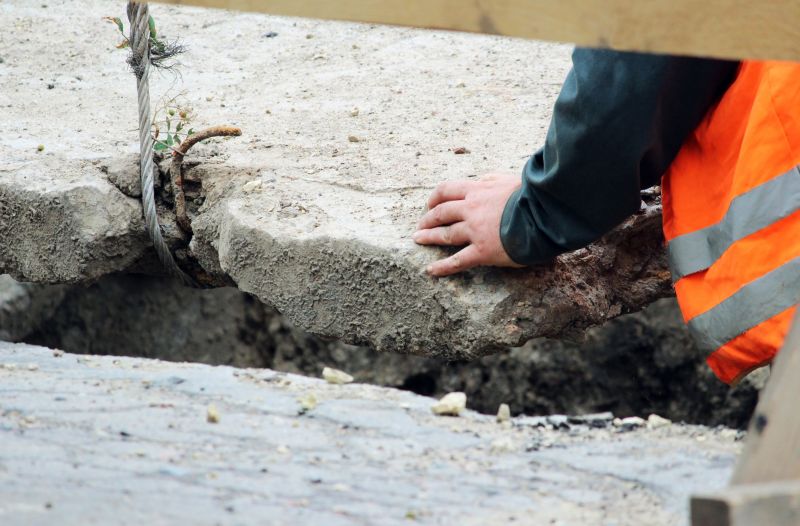
Scheduling repairs in spring or fall can improve outcomes and reduce delays.
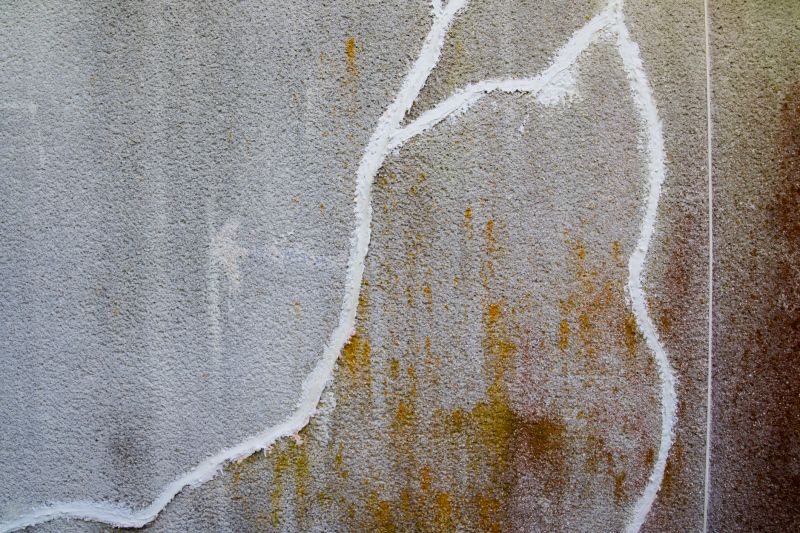
Dry and clean cracks before applying repair compounds for best results.
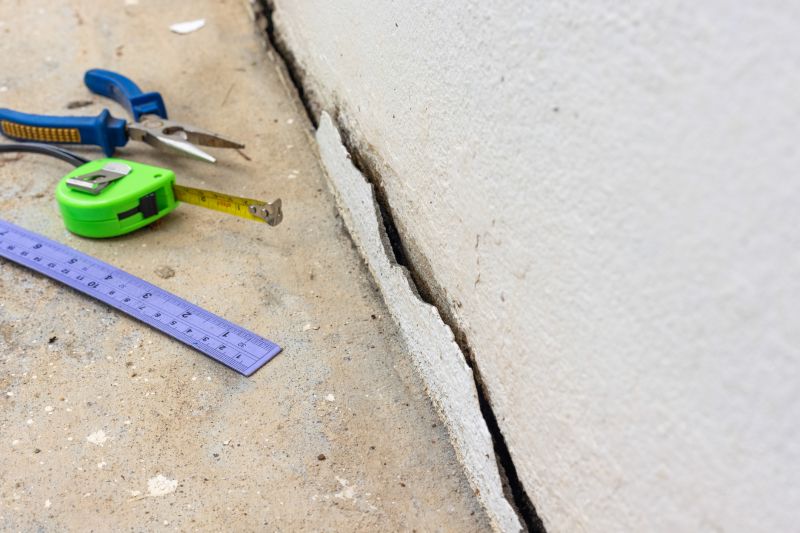
Little measurements that prevent headaches on Concrete Hairline Crack Repairs day.
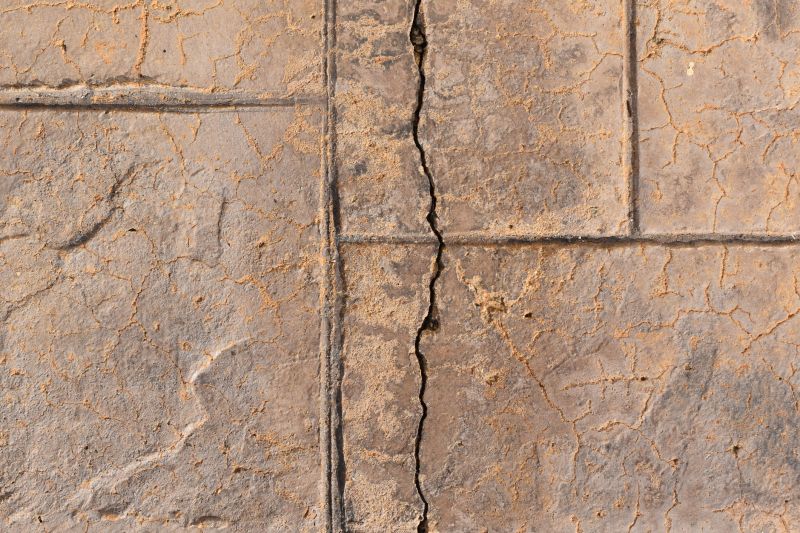
A 60-second routine that keeps Concrete Hairline Crack Repairs looking new.
Interested in addressing concrete hairline cracks effectively? Filling out the contact form can provide guidance on scheduling repairs during the most suitable times for optimal results. Proper timing not only enhances the durability of repairs but also reduces the likelihood of future issues, saving time and costs in the long run.



